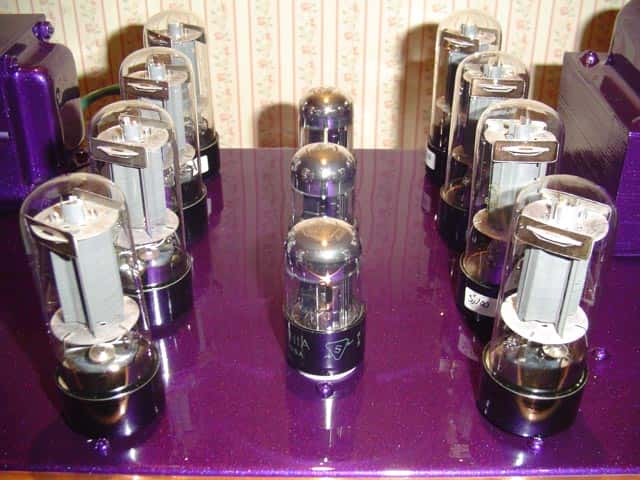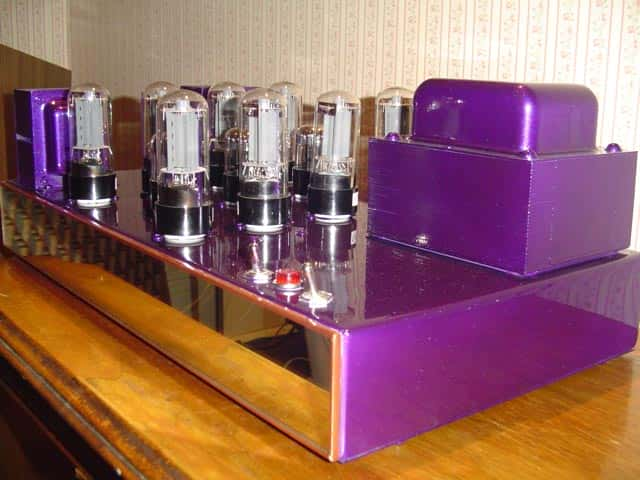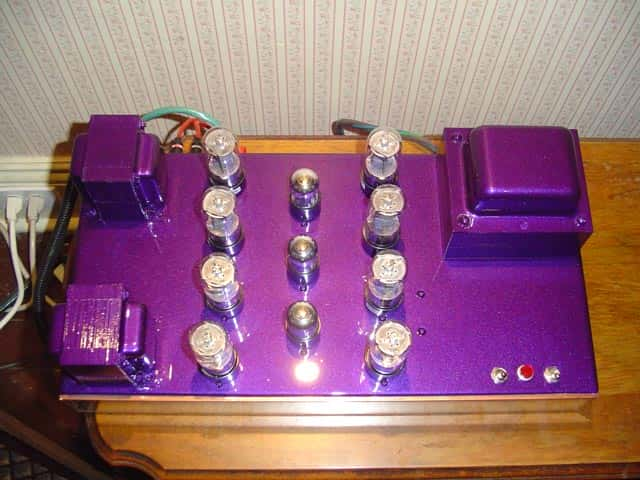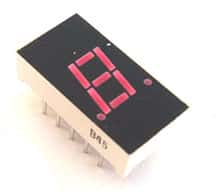Storing and retrieving a large number of electronic components like capacitors, resistors, LEDs, transistors, diodes, ICs etc. can be a daunting task not only because they are tiny but also because extreme temperature and humidity can deteriorate their performance. They also need careful handling as they are fragile and the tips can break easily.
In addition, electronic components need to be protected against static electricity.
To keep static electricity from damaging your sensitive electronic components, we recommend that you use sheets of anti-static foam. These foam sheets are easily cut to size to fit your storage containers.

A sheet of pink anti-static foam
There are a variety of container options to store electronic components safely. A range of molded ABS plastic boxes that can be side locked and stacked either vertically or horizontally are available. Each drawer has a number of compartments and can be labeled for easy identification. The various electronic components like resistors, capacitors etc need to be sorted and stored in these compartments in logical fashion. The drawers are easy to slide and can be pulled out / pushed in without much effort.
Ever wonder how the large electronic distributors store and retrieve their components? Automatic storage and retrieval systems make the job of storing and retrieving large numbers of electronic components easy and efficient. A typical construction has a vertical carousel in which a number of cameras are mounted on an endless chain activated by geared motors. The shelves are capable of rotating in either direction in a vertical plane. An electronic keypad facilitates calling the numbered carrier and bin / compartment. The system is equipped to store information about the location of code numbered electronic components in its memory. It can also be linked to a central computer for sharing of information for inventory control purposes. These automatic systems enable fast access of electronic components, instant stock update and save floor space, time, manpower and paper work involved in conventional storage systems.





